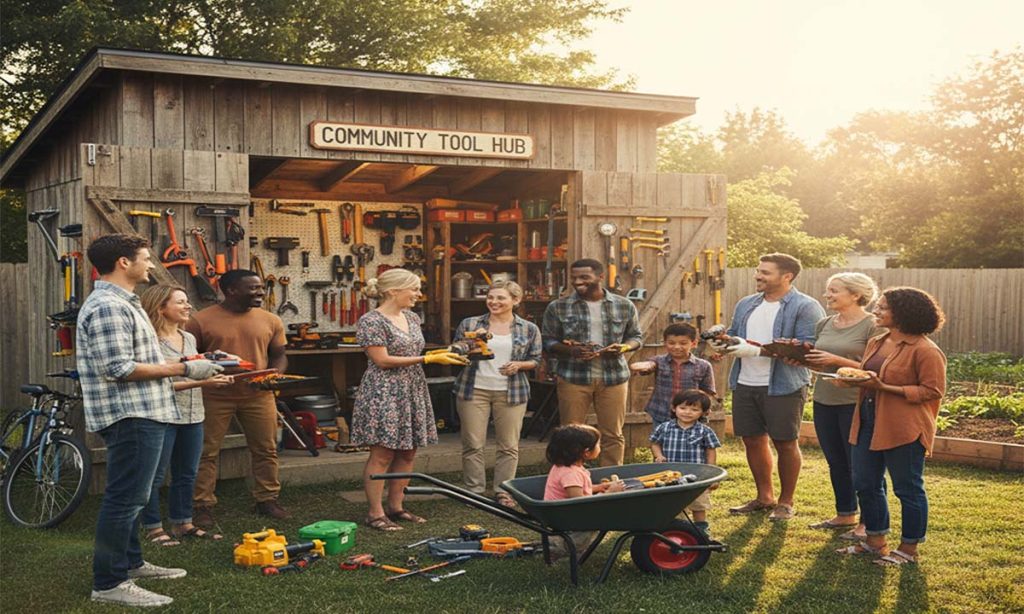Organizing a community health fair is a valuable way to provide health resources, education, and services to your community. Here’s a step-by-step guide to ensure your health fair is successful and impactful:
1. Define Objectives and Plan
Set Clear Goals: Determine the primary objectives of the health fair. Common goals include raising health awareness, providing free screenings, and offering educational resources on various health topics.
Identify the Target Audience: Consider the demographics of your community. Tailor the event to address the needs of different groups, such as families, seniors, or individuals with specific health concerns. Incorporate community health and wellness workshops to engage attendees.
Form an Organizing Committee: Assemble a team of volunteers or staff members who are passionate about community health. Assign roles and responsibilities to ensure all aspects of the event are covered.
2. Develop a Detailed Plan
Create a Budget: Outline the costs associated with the health fair, including venue rental, promotional materials, and refreshments. Seek funding or sponsorships from local businesses or organizations to support your budget.
Choose a Date and Venue: Select a date and location that is accessible and convenient for your community. Consider local community centers, schools, parks, or other public spaces. Ensure the venue can accommodate your expected number of attendees and vendors.
Plan the Layout: Design a layout for the event space, including booths for vendors and health providers, registration areas, and areas for activities or presentations. Ensure there is enough space for attendees to move comfortably.
3. Recruit Vendors and Partners
Engage Health Professionals: Reach out to local healthcare providers, such as doctors, nurses, nutritionists, and mental health counselors. Invite them to set up booths, offer screenings, or provide informational sessions. Consider having nutrition programs in community health to educate participants on healthy eating habits.
Partner with Organizations: Collaborate with local health organizations, non-profits, and community groups. They can offer valuable resources, volunteers, and support for your event.
Secure Sponsorships: Approach businesses and organizations for sponsorships. Sponsors can provide financial support or donate goods and services, such as free samples, health-related products, or promotional materials.
4. Promote the Health Fair
Design Promotional Materials: Create flyers, posters, and social media graphics to advertise the event. Include essential details such as date, time, location, and any special features or activities.
Utilize Multiple Channels: Promote the health fair through various channels, including social media, local newspapers, community bulletin boards, and email newsletters. Partner with local organizations to reach a wider audience.
Engage with the Community: Leverage word-of-mouth marketing by encouraging community members and participants to share information about the event. Engage with local influencers or community leaders to spread the word.
5. Organize the Event
Set Up the Venue: Arrive early on the day of the event to set up booths, registration tables, and any necessary equipment. Ensure all vendors and partners are properly positioned and ready to go.
Manage Registrations: Have a registration desk to check in attendees and provide them with event materials, such as maps or schedules. Collect any necessary information, such as contact details or health concerns.
Coordinate Activities: Ensure all activities, such as health screenings, educational sessions, or demonstrations, run smoothly. Keep the event schedule on track and address any issues promptly.
6. Engage Attendees
Offer Free Screenings: Provide various health screenings, such as blood pressure checks, glucose tests, or cholesterol measurements. Ensure there are enough professionals to manage these services effectively.
Host Educational Sessions: Organize workshops or presentations on relevant health topics, such as nutrition, exercise, or mental health. Allow time for Q&A sessions to engage attendees and address their concerns.
Provide Health Resources: Distribute informational brochures, pamphlets, or resource guides on various health topics. Offer contact information for local health services and support groups.
7. Evaluate and Follow Up
Gather Feedback: Collect feedback from attendees, vendors, and volunteers to assess the event’s success and identify areas for improvement. Use surveys or feedback forms to gather insights.
Review Outcomes: Evaluate the effectiveness of the health fair based on attendance, participant engagement, and feedback. Assess whether the event met its objectives and how it impacted the community.
Send Thank You Notes: Express appreciation to volunteers, vendors, and sponsors for their support and participation. Follow up with a summary of the event’s success and any plans for future activities.
Plan for Future Events: Use the feedback and experiences from the health fair to plan and enhance future events. Consider addressing new health topics or expanding on successful elements of the current fair.
Conclusion
Organizing a community health fair requires thoughtful planning, effective promotion, and strong partnerships. By focusing on the needs of your community and providing valuable resources, you can create a meaningful event that promotes health and wellness.






